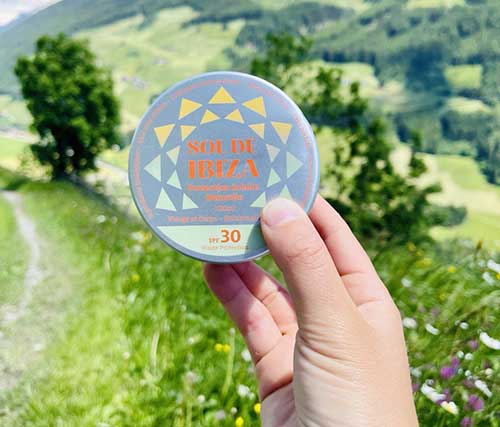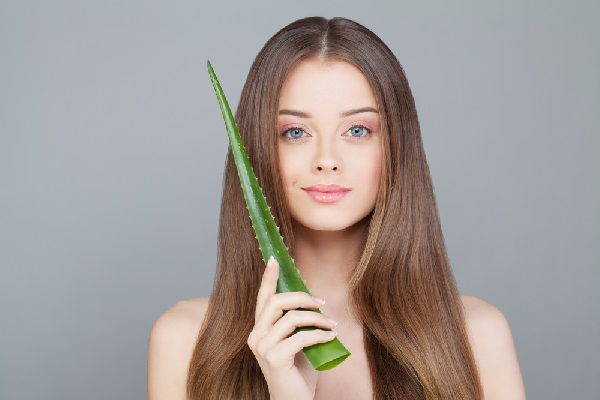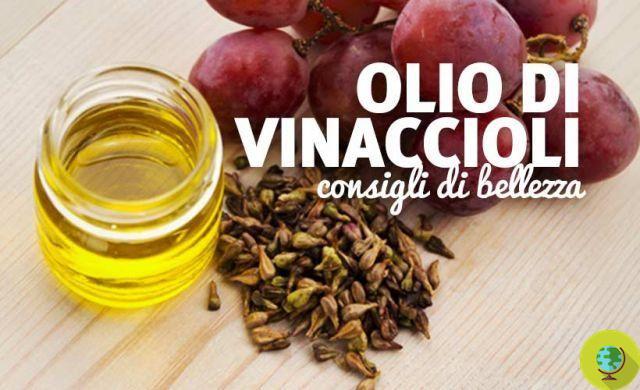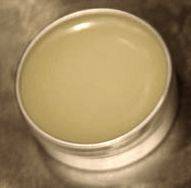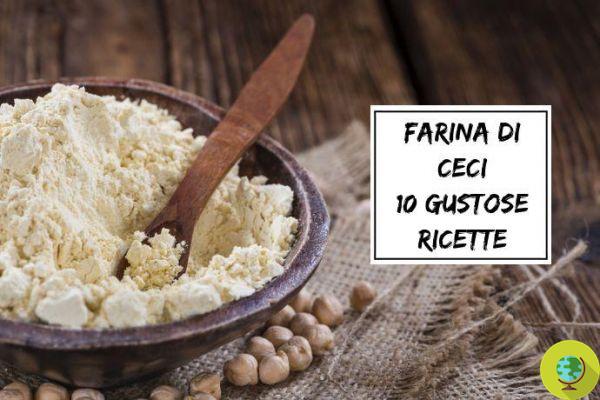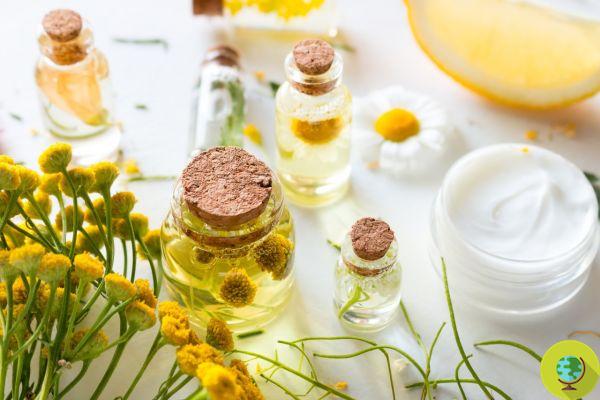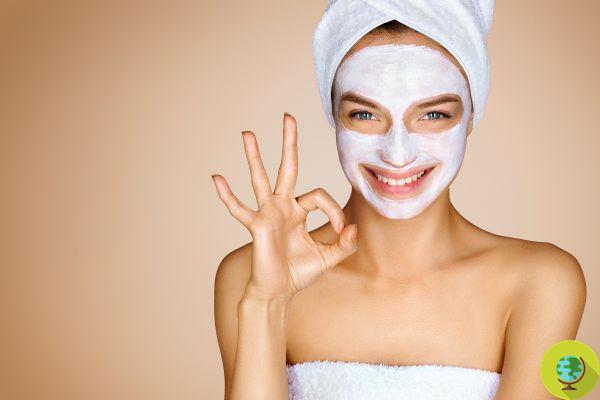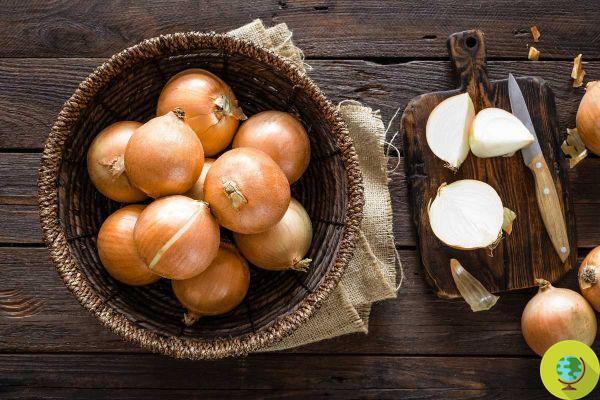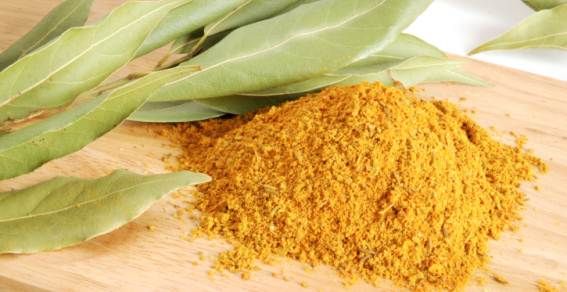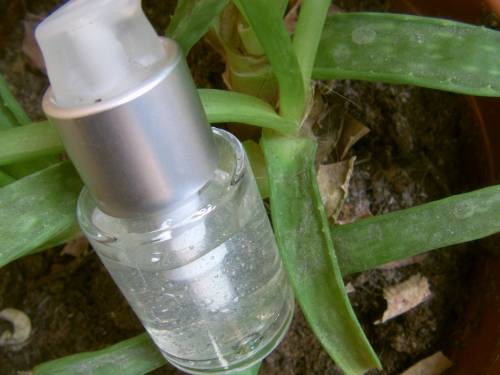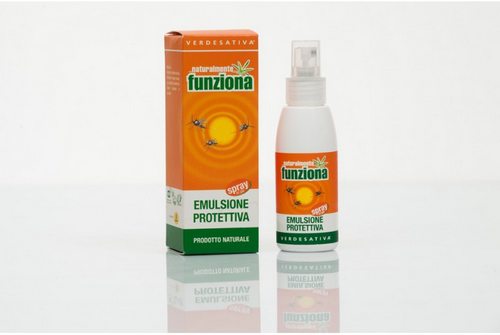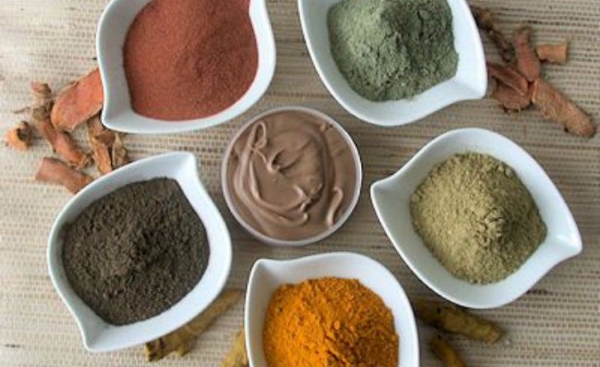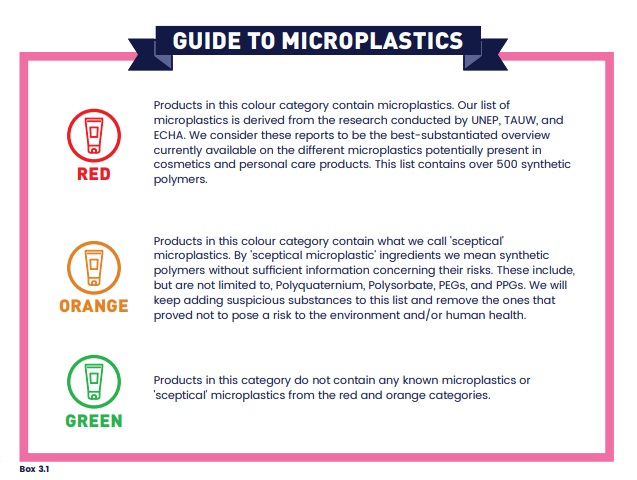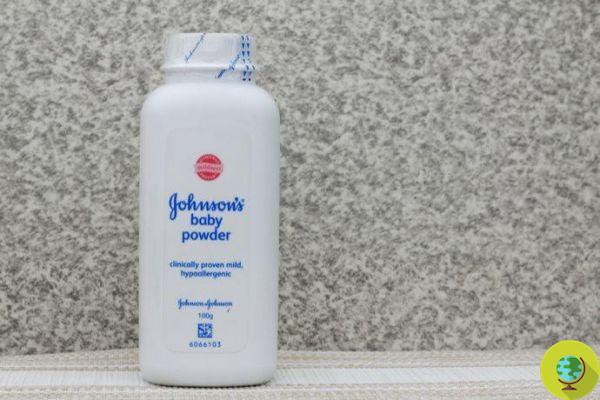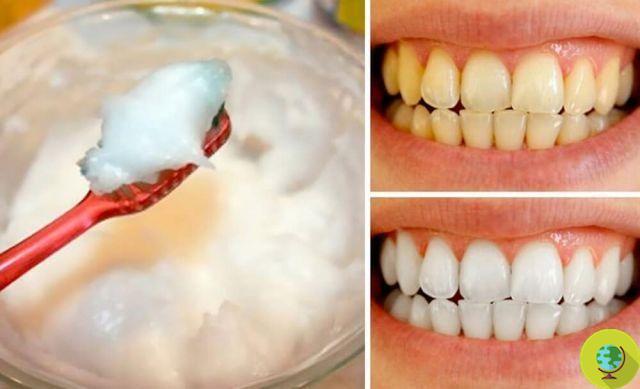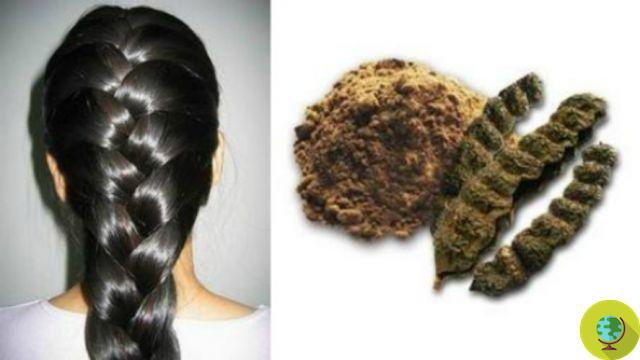Hibiscus is a genus of plants that includes about 250 species, has beautiful bell-shaped flowers, of various colors in shades of white, yellow, pink and purple. The one used for dyeing purposes is the powder obtained from dried flowers of the "Hibiscus Sabdariffa" species, a wording also reported in the Inci of the packages that we find on the market
Don't store avocado like this: it's dangerous
THEibisco is a genus of plants that includes about 250 species, has beautiful bell-shaped flowers, of various colors in shades of white, yellow, pink and purple. The one used for dyeing purposes is the powder obtained from the dried flowers of the species “Hibiscus Sabdariffa”, wording also reported in the Inci of the packages that we find on the market.
Native to West Africa, today the Hibiscus Sabardiffa species is widespread and cultivated almost everywhere in the world. From the infusion of its dried petals is obtained the karkadè, a pleasant drink with a refreshing taste, very popular in hot and tropical countries as a substitute for tea or coffee because it quenches thirst but does not contain exciting substances.
Read also: KARKADÈ: BENEFITS, USES AND HOW TO ENJOY IT
Hibiscus is extremely beneficial for the facial skin, as its very high content of Vitamin C gives it antioxidant and astringent properties. There hibiscus mask it is also very useful in the case of acne-prone skin due to its purifying, soothing and healing powers.
If applied on hair, hibiscus powder has truly remarkable benefits:
stimulates growth
prevents falling
adjuvant in the treatment of baldness
volumizing
polishing
strengthener
conditioning
softener
dandruff
As for the colore released, on the hair the hibiscus gives some reflections that go from cold pink to plum red, depending on our base color. In the face of the remarkable beneficial properties, its dyeing power is actually rather bland, both because hibiscus tends to reflect rather than to dye, both because it drains after a few washes.
For this reason it should be used in synergy with other dyeing herbs, such ashenna or the madder, especially in the presence of white hair, as it tends to color it little and especially to fade after a short time.
In purity, however, hibiscus is perfect for obtaining a plum / mahogany color on a dark brown base color. In this case, the plum nuance of the color will be beautifully modulated on the starting shade.
Index
Hibiscus, how to prepare the dyeing compress
It's enough dissolve the powder in hot water, to form a homogeneous and creamy paste, of the same consistency as yogurt. It is left to macerate for about 15 minutes and is then applied. The batter should be distributed evenly on clean hair, no matter if dry or wet, as long as it has been washed no longer than 24 hours. Furthermore, the hair must be free of lacquer, wax or other fatty substances which, by forming a protective film on the hair shaft, effectively prevent the correct penetration of the coloring pigment.
I shutter speed range from 20 minutes to 2 hours, depending on the desired color intensity. At the end, it is advisable to rinse with water only, applying only a nut of conditioner to counteract any dryness of the tips. As a last step, the acid rinse, which performs the very important function of closing the scales of the hair, polishing it and fixing the color in the best possible way. It is done by adding an acid substance (vinegar or lemon juice) to the water of the last rinse, rubbing the hair lightly. At this point, normal drying is carried out.
Hibiscus and henna
As mentioned, to make the most of the potential of hibiscus, it is recommended to use it in one miscella con l'henné. Henna is in fact the only dyeing herb able to bind permanently to the keratin of the hair, also acting as a carrier for other herbs. In the case of hibiscus, therefore, the use in combination with henna guarantees a better grip on the hair and a longer lasting dyeing effect. Furthermore, when mixed with lawsonia, hibiscus cools its typical red color, accentuating the plum / cherry tones of the dyeing compound.
Read also: Henna: everything you need to know to dye your hair
The only precaution to observe concerns the preparation method, since the hibiscus must be dissolved only in water, as it tends to deteriorate in contact with acid substances. It is therefore advisable to macerate the powder for about 15 minutes with hot water only and only then mix the batter obtained with the henna pack. So, in case we decide to oxidize the henna in an acidic environment for at least 12 hours, we will add the batter with the henna only at the end, to reduce the direct contact of this powder with substances with an acid pH. The shutter speeds vary depending on whether or not gray hair is covered. If so, 3 or 4 hours are needed to ensure a uniform and long-lasting result, otherwise an hour of laying is sufficient.

Hibiscus and karkadè
even the karkadè it has light dyeing capacities, however lower than those of powder. To enhance the coloring effect of hibiscus, the powder can be dissolved in the previously prepared and filtered karkadé infusion. At this point we will mix it with the henna that we have already prepared and apply it on the hair.
Or you can dissolve the henna powder directly in the karkadè infusion. In this case we can obtain different shades according to the different shutter speeds. If we prefer warm tones and want to obtain orange / coppery reflections, we can dissolve the henna powder in the karkadé, leaving the pack on for a short time.
In short poses, in fact, the dyeing compress of karkadè and henna can be used by those who prefer it warm and coppery tones, in longer poses, the infusion will be able to reflect and cool the red of the lawsonia.
Hibiscus and madder
In addition to the mixture with henna, hibiscus can be used in combination with madder or in synergy with henna and madder, especially if we intend to accentuate the cold shade of red, obtaining a ruby / plum color. Madder, in fact, if prepared in a basic environment, has the characteristic of turning red towards colder and deeper shades. Even in this case, however, it is recommended to add hibiscus only in the final stage of preparation. If macerated in a basic environment, the hibiscus powder undergoes an alteration of its properties. For which the madder is prepared in hot water with the addition of a teaspoon of bicarbonate, and in the meantime the hibiscus powder is macerated separately with only hot water. After 15 minutes, the two batters are mixed, thus reducing the direct contact of this powder with bicarbonate, an alkaline substance that could alter its qualities.
Read also: Madder: how to dye your hair red using dyeing herbs
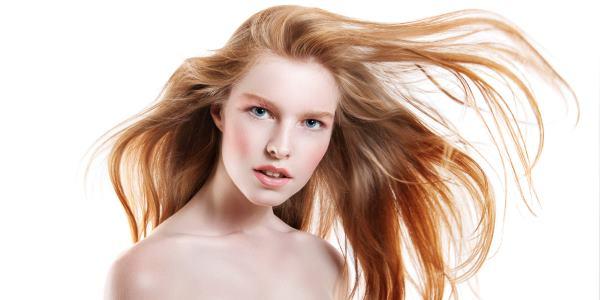
To take advantage of its cool pink nunaces, hibiscus is often used in moderate quantities as a component of ash blonde blends. Furthermore, on blond or very light hair, hibiscus is very useful for obtaining a particular color halfway between pink and gold tones, which takes the name of strawberry blonde or strawberry blonde. It is a very original shade, with a slightly romantic vein, which especially gives people with a very clear complexion, perhaps dotted with freckles. Conveniently combined with the coppery henna and the golden yellow of turmeric or the warm yellow of rhubarb, the cold pink of hibiscus is able to generate this very particular strawberry blonde nuance. In any case, the characteristics of the individual dyeing herbs must be kept in mind. Both henna, turmeric and rhubarb, for example, have a very high dyeing power, while hibiscus has a mostly reflecting power.
Read also: Rhubarb to lighten hair: how to get or highlight blonde tones
Furthermore, the turmeric releases a cold, straw-colored color, while rhubarb gives warmer, more orange nuances. So, in the case of very light hair, which gives on platinum blonde shades, it will be more appropriate to use rhubarb, while on intensely blonde hair, you can also use turmeric to the limit.
Read also: Curcurma: how to have golden highlights and lighter hair
With regard to amount, there are no precise rules. The final result will depend on a number of factors including the base color, the porosity of the hair and the possible presence of white hair. In any case, to obtain the strawberry blonde, it is necessary to tone the light hair with a suitable mixture of henna and yellowing powder (rhubarb or turmeric), in which the hibiscus will also be inserted, able to give the characteristic pink shade. If the mixture is too dark, its coloring power is diluted by adding the cassia, a non-dyeing herb able to attenuate the color while performing a restructuring function of the hair.
Read also: Cassia: the neutral henna that lightens and strengthens the hair
Hibiscus, quantities and doses
As a purely indicative, a mix to obtain strawberry blond could be made up of 10-15% rhubarb (or turmeric), 15-20% henna, 15-20% cassia and the remainder from hibiscus powder. But, as mentioned, these are approximate percentages, not universally valid rules. The world of herbal dyes is absolutely not comparable to that of chemical dyes, but it has totally different logics.
It is important to have patience, perseverance, a desire to dare and experiment. The positive aspect is that in the meantime the hair will only benefit greatly from the use of natural dyes. In any case, before applying any herb or dyeing compound to the hair, always do a preliminary test on a hidden strand.
An original idea could be that of plant hibiscus in the garden or on the terrace or balcony of the house. The flowers are really beautiful, and if necessary you can collect and dry them to prepare the karkadé infusion, or reduce them to powder in order to take advantage of the extraordinary benefits of this plant both on the hair and on the face.
Read also: HIBISCUS: HOW TO GROW IT, MAINTENANCE AND CARE
Angela Petrella




